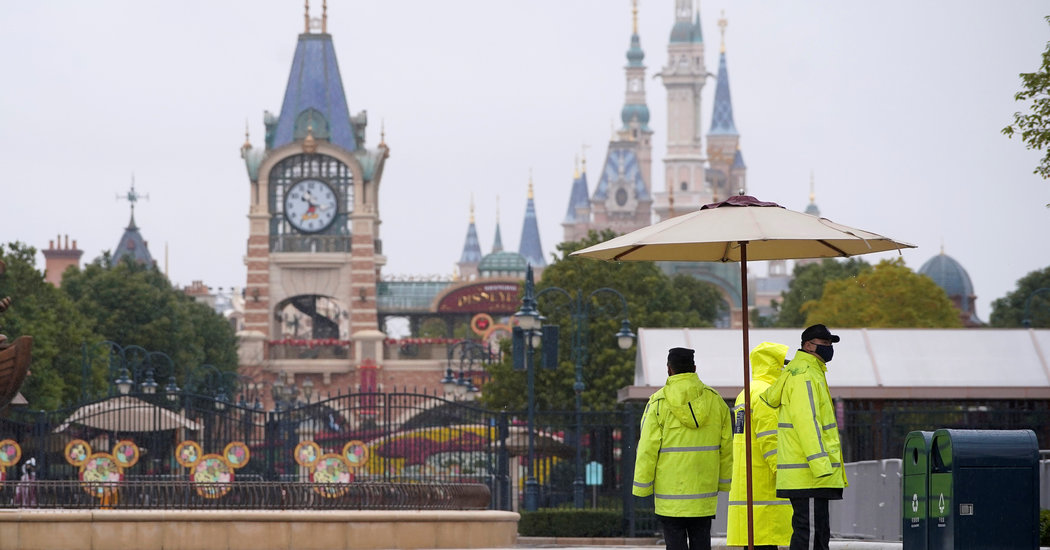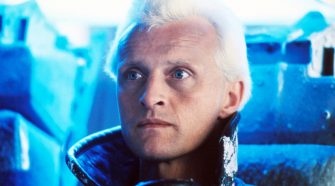And now, Mr. Iger has effectively returned to running the company. After a few weeks of letting Mr. Chapek take charge, Mr. Iger smoothly reasserted control, BlueJeans video call by BlueJeans video call. (Disney does not use Zoom for its meetings for security reasons.)
The new, nominal chief executive is referred to, almost kindergarten style, as “Bob C,” while Mr. Iger is still just “Bob.” And his title is “executive chairman” — emphasis on the first word.
Mr. Iger is now intensely focused on remaking a company that will emerge, he believes, deeply changed by the crisis. The sketch he has drawn for associates offers a glimpse at the post-pandemic future: It’s a Disney with fewer employees, leading the new and uncertain business of how to gather people safely for entertainment.
“It’s a matter of great good fortune that he didn’t just leave,” said Richard Plepler, the former HBO chief. “This is a moment where people first and foremost are looking to an example of leadership that has proved itself over an extended period of time — and Bob personifies that.”
The story of the Walt Disney Company since Mr. Iger’s predecessor, Michael Eisner, took it over in 1984 is one of astonishing growth that has become the model for the modern, global media business. The company turned its tatty icons like Mickey Mouse into cash cows. Mr. Iger has spent more than 40 years working for companies that are now part of Disney, and has earned his reputation through bold acquisitions. He bought Pixar, then Marvel, then Lucasfilms, for single-digit billions, and quickly created many more billions in value with them. Mr. Iger had the greatest job on earth, ruling not just a company but a “nation-state,” as California’s governor, Gavin Newsom, described Disney recently.
But Disney’s much-imitated model was almost perfectly exposed to the pandemic. The shift from on-screen entertainment into in-person experiences helped Disney become the biggest media company in the world. But those businesses have been impossible to protect from the pandemic. The company’s largest division brought in more than $26 billion in the year ending last June by extending its brands to cruise ships and theme parks. Those are all shuttered now. It has three new cruise ships under construction in Germany, their futures unclear. The jewel in its second largest division, television, is ESPN, which in a sports-less world is now broadcasting athletes playing video games. The third group, studio, had expected to bring in most of its revenue from movie openings in theaters, which are now closed.
There has been a glimmer of good news in the introduction of Disney+. The company’s troubled share price jumped about 7 percent in after-hours trading last Wednesday on the news that the streaming service had attracted 50 million subscribers. But the project is still an investment, years away from generating revenue that could replace a big movie opening in theaters. And the service is desperate for new content — at a time when television and film production has ground to a halt.
















